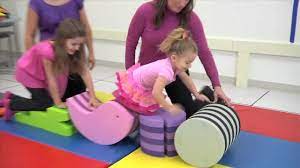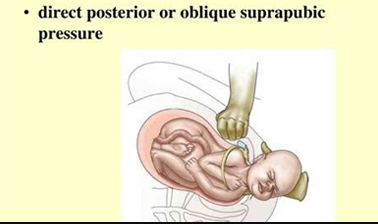
Effective Erb’s Palsy Physiotherapy Treatment: What You Need to Know
Erb’s Palsy is a condition that affects the nerves surrounding the shoulder, typically resulting from birth injuries. It can lead to weakness or paralysis in the affected arm, limiting a person’s ability to perform everyday tasks. While this condition can be distressing, there is hope for improvement through effective physiotherapy treatment.
The Importance of Early Intervention
Early detection and intervention are key when it comes to treating Erb’s Palsy. If your child shows signs of limited arm movement, muscle weakness, or lack of sensation after birth, seeking immediate medical attention and physiotherapy evaluation is crucial. The sooner treatment begins, the better the chances of successful recovery.
Tailored Physiotherapy for Erb’s Palsy
Physiotherapy plays a central role in the management and improvement of Erb’s Palsy. A skilled physiotherapist will assess the specific needs of the individual and create a personalized treatment plan. The goal is to enhance muscle strength, joint flexibility, and overall functional ability in the affected arm.
Gentle Range-of-Motion Exercises
In the initial stages of physiotherapy, gentle range-of-motion exercises are employed to prevent joint stiffness. These exercises focus on gradually increasing the arm’s mobility without causing pain or strain. Patients may also be taught how to perform these exercises at home to maintain progress between sessions.
Muscle Strengthening Techniques
Strengthening the weakened muscles is essential for the recovery process. Physiotherapists utilize various techniques and resistance exercises to target the affected muscles, helping to rebuild their strength over time. As the muscles grow stronger, the patient’s ability to perform everyday tasks improves significantly.
Sensory Stimulation and Desensitization
In some cases, Erb’s Palsy may cause reduced sensation in the affected arm. Physiotherapy includes sensory stimulation techniques to improve nerve function and enhance sensory perception. Additionally, desensitization techniques may be used to reduce hypersensitivity and improve overall comfort in the affected area.
Incorporating Functional Activities
Physiotherapy for Erb’s Palsy goes beyond isolated exercises. It focuses on incorporating functional activities relevant to the patient’s daily life. These activities simulate real-life scenarios and help the individual adapt and regain their arm’s functionality in practical situations.
The Road to Recovery: Patience and Persistence
It’s important to remember that Erb’s Palsy physiotherapy treatment requires patience and persistence. Each individual’s progress may vary, and improvements may take time. Consistent and dedicated participation in physiotherapy sessions, along with following the home exercise program, can significantly impact the recovery process.
Seeking Legal Guidance for Erb’s Palsy Compensation Claims
If your child’s Erb’s Palsy was caused by medical negligence during childbirth, you may have a valid Erb’s Palsy Compensation Claims. Seeking legal guidance from experienced solicitors can help you understand your rights and options. Compensation can provide the financial support needed for ongoing physiotherapy treatment and other necessary interventions.
Conclusion
Erb’s Palsy physiotherapy treatment offers hope for improving the quality of life for those affected by this condition. Through a combination of personalized exercises, muscle strengthening, and sensory stimulation, patients can make significant strides in their recovery journey. For cases involving medical negligence, exploring compensation claims can ensure that individuals receive the necessary support for their ongoing treatment and care. If you suspect Erb’s Palsy in yourself or your child, don’t hesitate to seek professional medical and physiotherapy evaluation to start the path to a better, more functional future.























